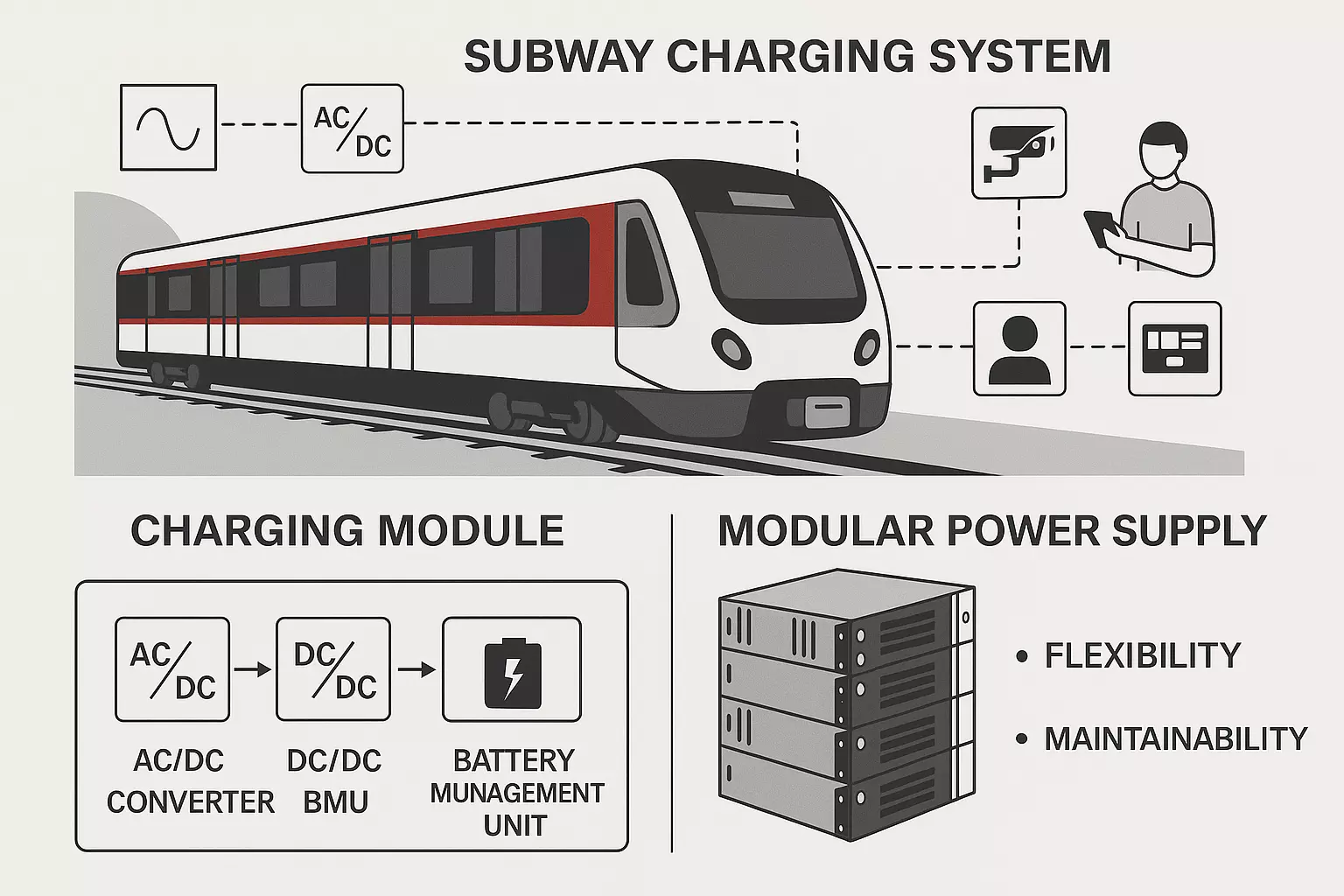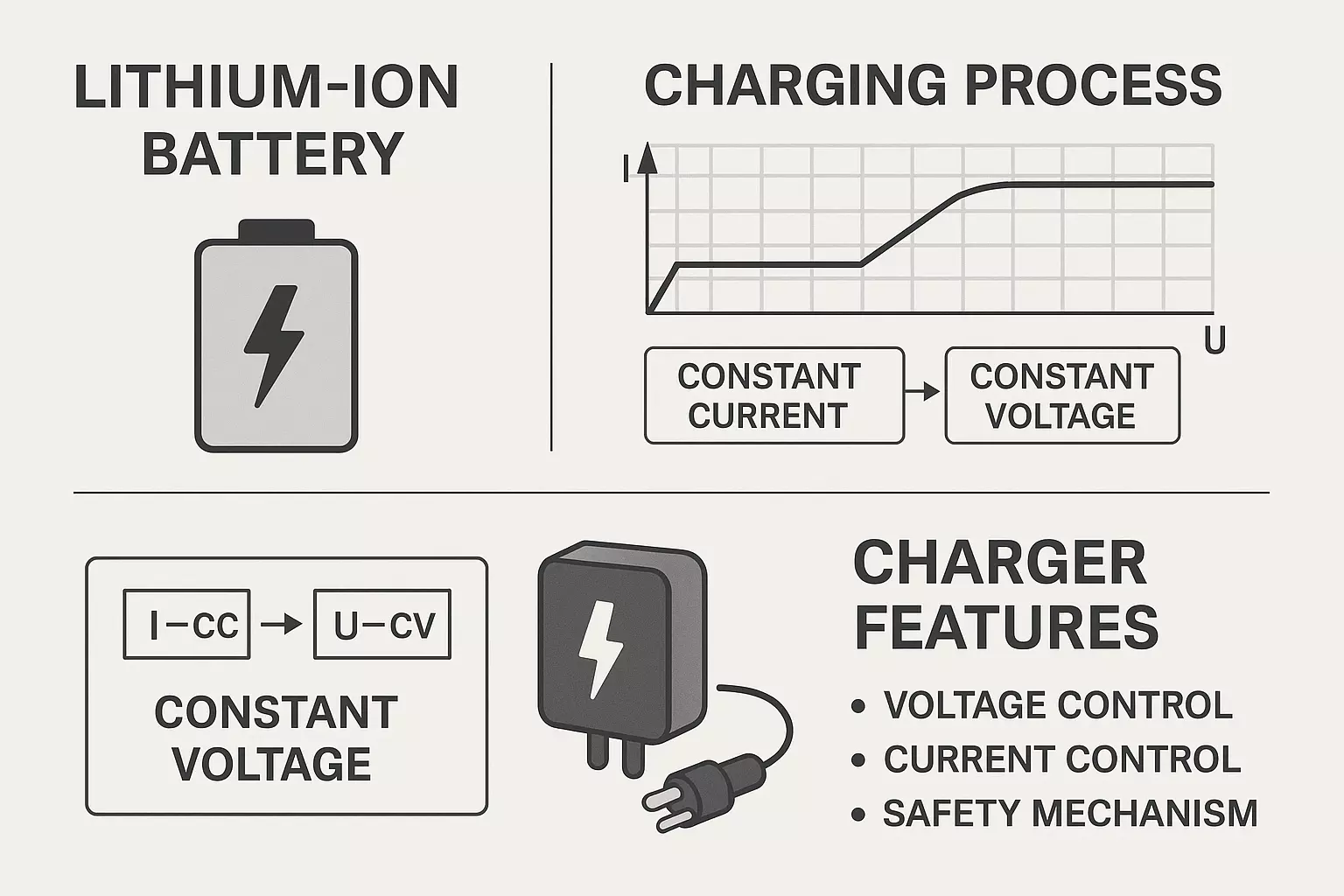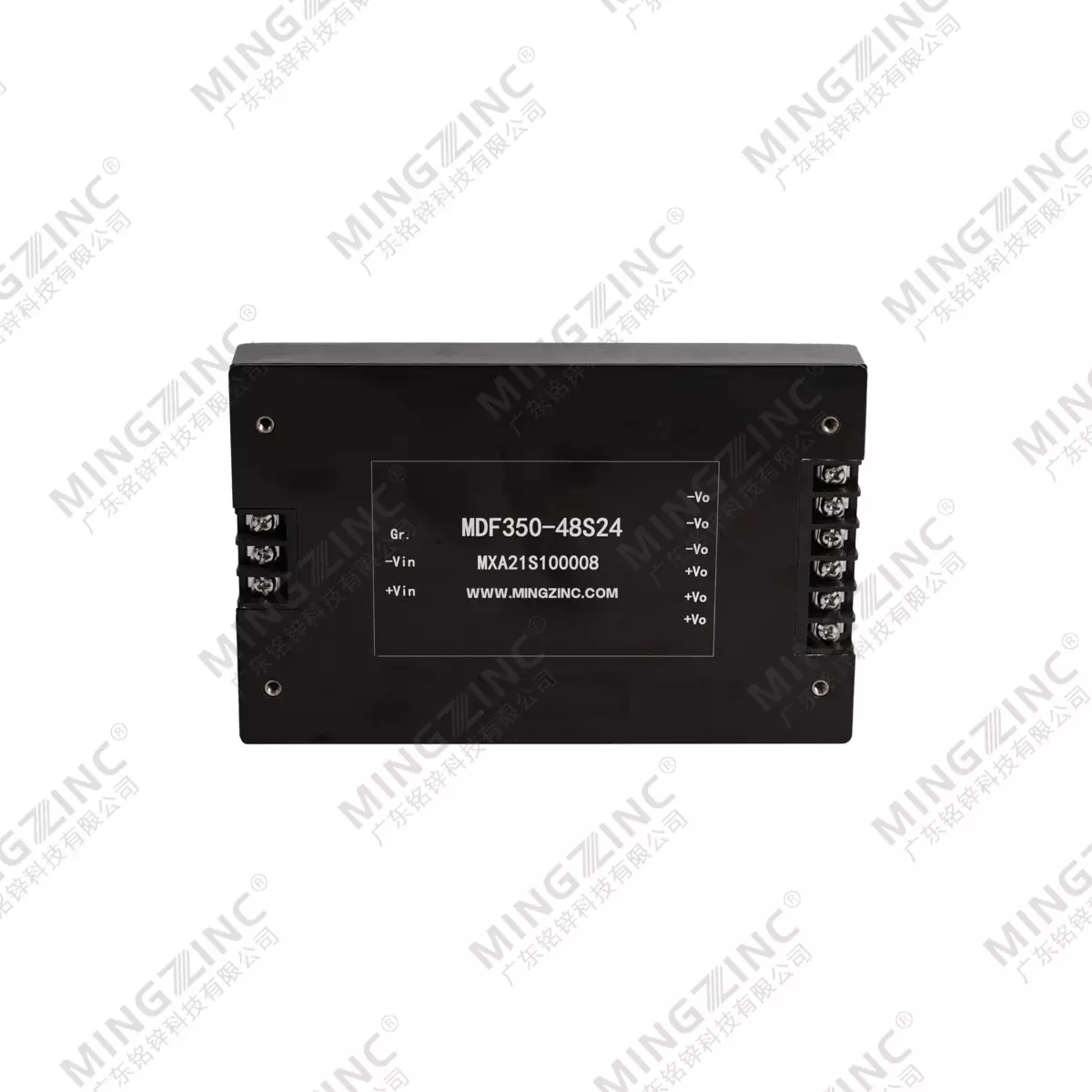The Working Principle of Subway Charging Systems and the Role of Modular Power Supply
1. Introduction
1.1 Background: The Growing Demand for Subway Charging Systems
Urban rail transit systems are expanding rapidly worldwide. With the increasing use of electronic infrastructure—such as surveillance, lighting, communication, and ticketing—there is a strong demand for stable and efficient charging modules within subway environments. These systems are essential to ensure uninterrupted operation in high-density railway systems.
1.2 Importance of Stable Power in Railway Systems
Power interruptions in subway systems can lead to severe disruptions in train operations, safety systems, and passenger services. A stable and regulated power supply is crucial, and Modular Power Supply systems have become an industry standard due to their reliability, scalability, and fault-tolerant design.
2. Composition and Functions of Subway Charging Modules
2.1 Core Components
-
AC/DC Converter: Converts high-voltage AC from the grid into usable DC power.
-
DC/DC Converter: Regulates the output to required levels (e.g., 12V, 24V, 48V).
-
Battery Management Unit (BMU): Monitors battery status, controls charge/discharge cycles, and ensures system safety.
-
Supercapacitors or UPS Modules (optional): Provide power buffering during voltage sags or outages.
2.2 Advantages of Modular Power Supply
-
Flexibility: Easily configured for different output needs.
-
Hot-swappable Modules: Enables maintenance without system downtime.
-
Redundancy: Supports N+1 design to ensure continuous operation.
-
Compact Size: High power density allows installation in confined environments such as underground control rooms.

3. Working Principle of Subway Charging Systems
3.1 Energy Conversion Flow
-
High-voltage AC from the public grid enters the main cabinet.
-
AC/DC Conversion modules rectify and filter the input.
-
DC Bus Distribution system delivers power across various subway systems.
-
DC/DC Modules adjust voltage levels for different subsystems (e.g., 48V for radios, 12V for ticket readers).
-
Energy Storage Units may provide uninterruptible backup power.
3.2 Regulation and Protection Mechanisms
-
Multi-level voltage regulation: Ensures stability despite load variations.
-
Surge Protection: Protects equipment from power spikes caused by grid anomalies.
-
EMI Filters: Mitigate electromagnetic interference.
-
Overload & Overtemperature Protection: Ensures safety during faults.
1500W input voltage test (YouTube)
4. Challenges in Subway Power Environments
4.1 Environmental Factors
-
High vibration levels in moving or underground systems
-
Humidity and dust affecting electrical insulation
-
Electromagnetic interference (EMI) from other power electronics
4.2 Dynamic Load and Peak Demand
-
Frequent startup and braking of trains causes high transient loads
-
Power supplies must respond with fast transient recovery and maintain output stability

5. Modular Power Supply: Solutions for Rail Applications
5.1 Redundant Architecture
-
N+1 redundancy ensures uninterrupted service even if one module fails
-
Built-in failover logic allows for seamless switching
5.2 Thermal and Mechanical Optimization
-
Conduction and forced-air cooling mechanisms handle heat dissipation
-
Encapsulation and conformal coating protect against corrosion and shock
-
DIN-rail or 19” rack mounting supports modular cabinet design
5.3 Customizable Features
-
Adjustable input/output ranges
-
CAN/RS485 communication ports
-
Programmable soft start and voltage sequencing
6. Key Performance Metrics and Technical Highlights
6.1 Key Parameters
| Metric | Typical Value | Description |
|---|---|---|
| Efficiency | ≥ 90% | Lower energy loss, lower heat generation |
| Output Ripple | < 50mV | Ensures clean power to sensitive electronics |
| Isolation Voltage | Up to 3000V | Prevents electrical faults from propagating |
| MTBF | > 500,000 hours | Proven long-term reliability |
6.2 Intelligent Features
-
Real-time monitoring of voltage, current, and temperature
-
Event logging and fault diagnostics
-
Remote control capability through SCADA or IoT platforms

7. Real-World Application Cases of Modular Power Supply in Subway Charging Systems
7.1 Case Study 1: Modular Power Integration in Shanghai Metro Line 11
Background
Shanghai Metro Line 11 is one of the busiest lines in China, known for its intercity extension between Shanghai and Kunshan. The line has undergone significant technological upgrades, especially in its communication, lighting, and automatic ticketing systems.
Challenge
The subway stations along Line 11 faced increasing load demand due to the installation of high-resolution passenger information displays (PIDs), advanced surveillance systems, and intelligent access gates. The existing centralized power systems struggled with voltage drops, EMI interference, and low maintainability.
Solution
Mingzinc supplied a custom-designed Modular Power Supply system featuring:
-
AC/DC front-end modules (400W–1000W)
-
48V/12V DC/DC converters with multiple output rails
-
Intelligent fault detection units connected to SCADA
The design employed hot-swappable modules mounted in 2U racks, with N+1 redundancy and EMI shielding enclosures suitable for metro tunnel installations.
Results
-
System availability improved from 99.1% to 99.98%
-
Maintenance time per station was reduced by 60%
-
EMI incidents dropped significantly, improving system communication stability
-
Energy efficiency increased by 8%, lowering operating costs
7.2 Case Study 2: Onboard Device Charging System in Singapore MRT Circle Line
Background
Singapore’s Circle Line uses advanced train control and passenger information systems. Onboard charging modules are used to power communication interfaces, sensor networks, and backup lighting.
Challenge
The limited onboard space, coupled with temperature and vibration challenges, made traditional bulky power systems unsuitable. The client needed a high power density solution with excellent thermal performance.
Solution
Mingzinc provided a set of compact modular DC/DC converters with the following features:
-
Wide input range (24V–110V) for onboard DC bus compatibility
-
EN50155 compliance for railway standards
-
Conformal coating and potting for moisture and vibration resistance
-
Integrated CAN-Bus monitoring for remote diagnostics
Results
-
Footprint reduced by 45%, freeing more space for equipment
-
Thermal efficiency increased, lowering internal temperatures by 12°C
-
No failures recorded during the first 18 months of operation
-
Enabled predictive maintenance with real-time data analytics
7.3 Summary: Benefits Across Use Cases
Both cases demonstrate how modular power supplies:
-
Improve system reliability and fault tolerance
-
Adapt to harsh railway environments
-
Reduce long-term maintenance costs
-
Support smart management and diagnostics
These advantages make them ideal for both station-based infrastructure and onboard train systems in modern subway networks.
8. Future Trends in Subway Charging and Power Supply Systems
8.1 Integration with Regenerative Energy
Subways generate substantial regenerative braking energy. Future modular supplies will interface with energy storage to harvest and reuse this power, reducing grid dependency.
8.2 IoT and AI Integration
-
Predictive maintenance via data analytics
-
Real-time load balancing based on traffic patterns
-
Seamless cloud-based monitoring platforms for all stations and trains
8.3 Next-Generation Standards
-
Compliance with EN50155, EN50121-3-2, and other railway-grade standards
-
Support for bidirectional power flow, enabling energy feedback to smart grids

Recommended article: Empowering the Future: Modular Power Supply Solutions for Advanced Battery Applications
9. Conclusion
9.1 Modular Power Supplies Drive Subway Innovation
As subway systems grow more complex, modular power supplies are vital for delivering reliable, flexible, and efficient energy to all critical subsystems.
9.2 Selecting the Right Supplier
Partnering with a supplier like Mingzinc, who offers:
-
Certified and railway-compliant modules
-
Custom engineering and rapid prototyping
-
Lifetime technical support and documentation
At Mingzinc, we specialize in customized modular power systems designed for demanding environments like subway infrastructure. Contact us to learn how we can support your next rail project.




